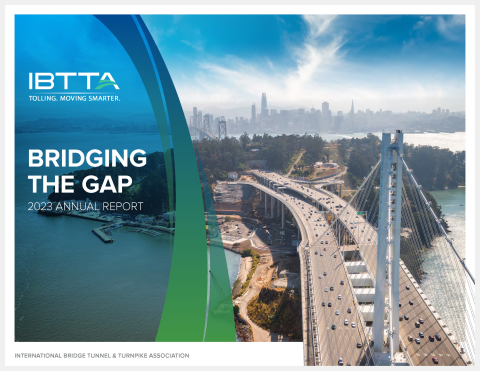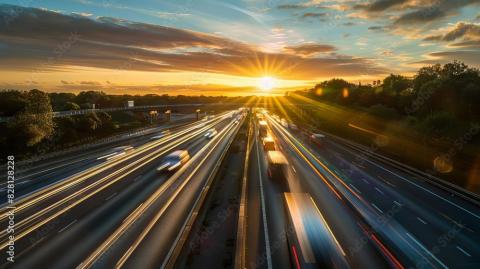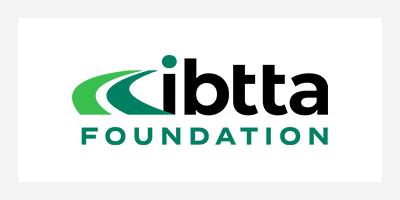- Home
- On All-Electronic Tolling, Our Customers Are Telling The Story
Stories
On All-Electronic Tolling, Our Customers Are Telling the Story


All-electronic tolling (AET) is getting so popular across the United States that our customers are starting to tell the story.
In the space of two days earlier this month, The Washington Post and USA Today carried reports on highway users who were so happy with their toll roads that they felt compelled to tell the story. One of them was so keen on the convenience of a toll-enabled HOV lane that a columnist, the Post’s legendary Dr. Gridlock (aka Robert Thomson), had to point out the privacy concerns that might arise with routine electronic monitoring of vehicle occupancy.
Safety Trumps Privacy?
In Thomson’s August 7 column, Robert Fobian of Alexandria, Virginia recounted a recent family trip along the state’s new managed lane system.
“Since it’s typically the three of us, we’re able to use the 495 Express Lanes without paying the tolls. I put the E-ZPass transponder into HOV mode and enjoy a hassle-free drive on that section of our journey,” Fobian wrote. But “recently, we passed a Virginia state trooper in his cruiser on the shoulder. A few moments later, the trooper pulled us over.”
As soon as he saw the required number of HOV passengers in the car, the trooper apologized for the inconvenience, wished them a safe ride, and sent them on their way. But Fobian was concerned that a highway shoulder was an unsafe place for a routine traffic stop. He asked why the toll road or the local constabulary couldn’t just use infrared cameras to count the heat signatures in passing vehicles.
“I think there’s a privacy threshold we shouldn't cross,” Dr. Gridlock replied, and “that threshold is the routine use of electronics to record images of a vehicle’s occupants.” Virginia legislators have shown no inclination to cross that boundary, he said—and he might have added that tolling agencies are just as vigilant about preventing any misuse of electronic tolling records.
‘My Transponder Gets Me There Faster’
Two days later, the US Today article profiled a user who identified her E-ZPass transponder as her favorite travel gadget. On a recent road trip from North Carolina to Massachusetts, “the transponder saved an hour or more,” said Wilmington media coach Beth Souther.
"I use E-ZPass to travel all over New England," added Saugerties, New York business owner Richard Frisbie. "Whether I'm flying out of New York, New Jersey, or Boston, my E-ZPass covers all the tolls and the long-term parking."
Reporter Christopher Elliott said he found it surprising that “many motorists haven't bothered with a transponder and continue to fumble for loose change when they encounter a toll booth. Only one-third to one-half of drivers use these convenient payment systems.”
According to IBTTA’s recent data, there are more than 37 million electronic toll accounts in the U.S. Each account generally has two or three users, so that adds up to nearly 80 million regular users using all-electronic tolling.
Familiarity Breeds Acceptance
Tolling agencies have known for a very long time that familiarity breeds acceptance. And last month, at IBTTA’s 2015 Summit on All-Electronic Tolling, Managed Lanes and Interoperability, participants learned that E-ZPass alone covers 26 agencies in 15 states, has just over 28 million devices and has added new transponders at a rate of two million per year over the last four or five years, not including replacements. In Florida, there are more than 5.1 million active SunPass accounts and every week approximatley 4,500 new transponders are activated. And electronic tolling is not just growing on the east coast, but in Illinois, Texas, Oklahoma, Kansas, Colorado, California and Washington State.
But hearing directly from individual customers who would rather pay their all-electronic tolls than lose time and waste fuel in an hours-long traffic jam? We’ve always known they were out there. But hearing from three of them in two separate news stories in just 48 hours? That’s something new.
These numbers and customer comments could bode well as elected officials and policy makers seek new reliable transportation funding options for major infrastructure investments. Officials have always wanted to hear from their constituents and often only hear from a vocal minority.
Please keep these positive tolling experiences and numbers coming. If you want to share some great examples or numbers, login to the IBTTA website.

Joining IBTTA connects you to a global community of transportation professionals, offering unmatched opportunities for networking, knowledge-sharing, and collaborative innovation in the tolling and transportation sector.
Follow IBTTA on social media for real-time updates on transportation trends and collaborative opportunities.





